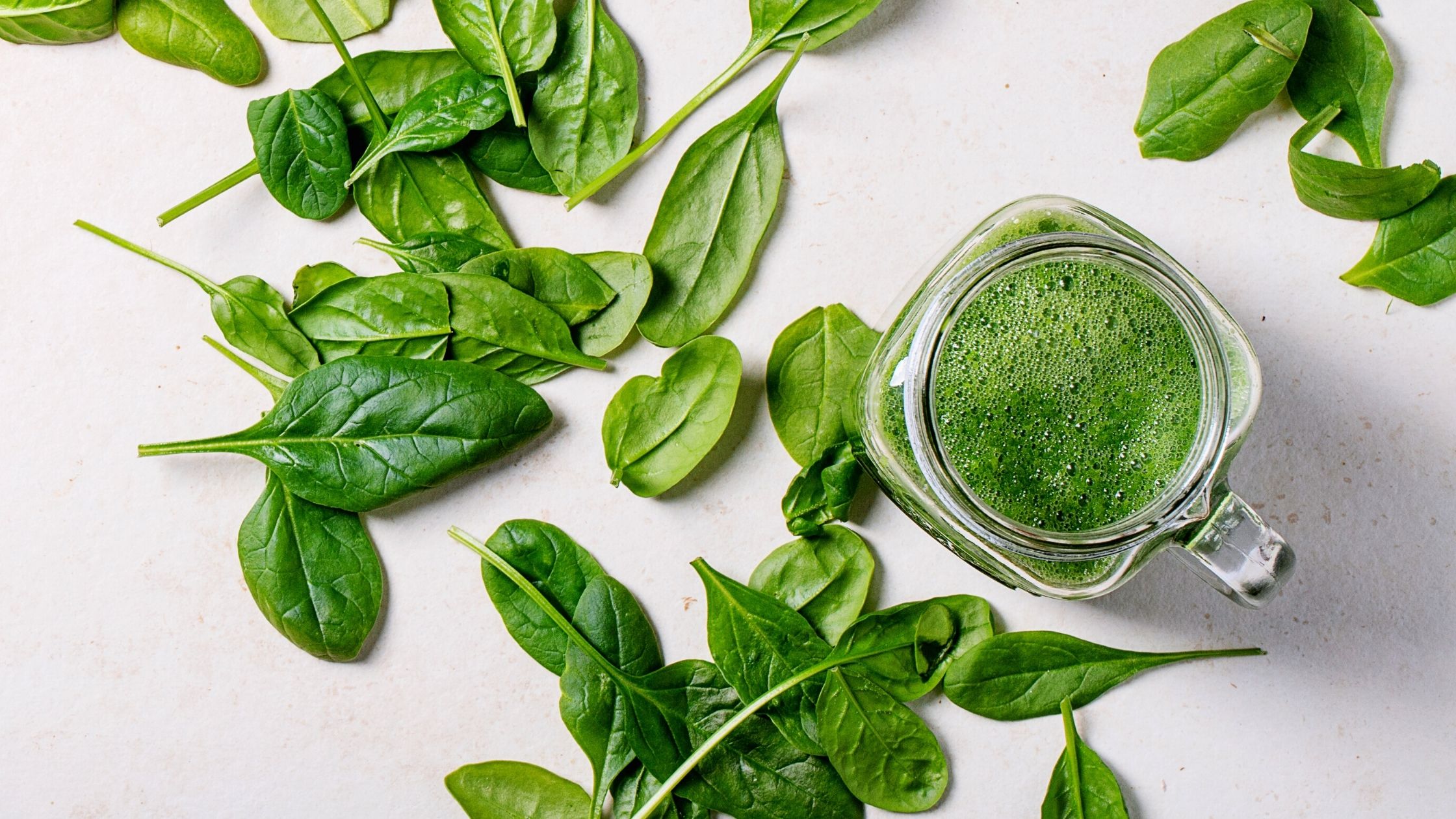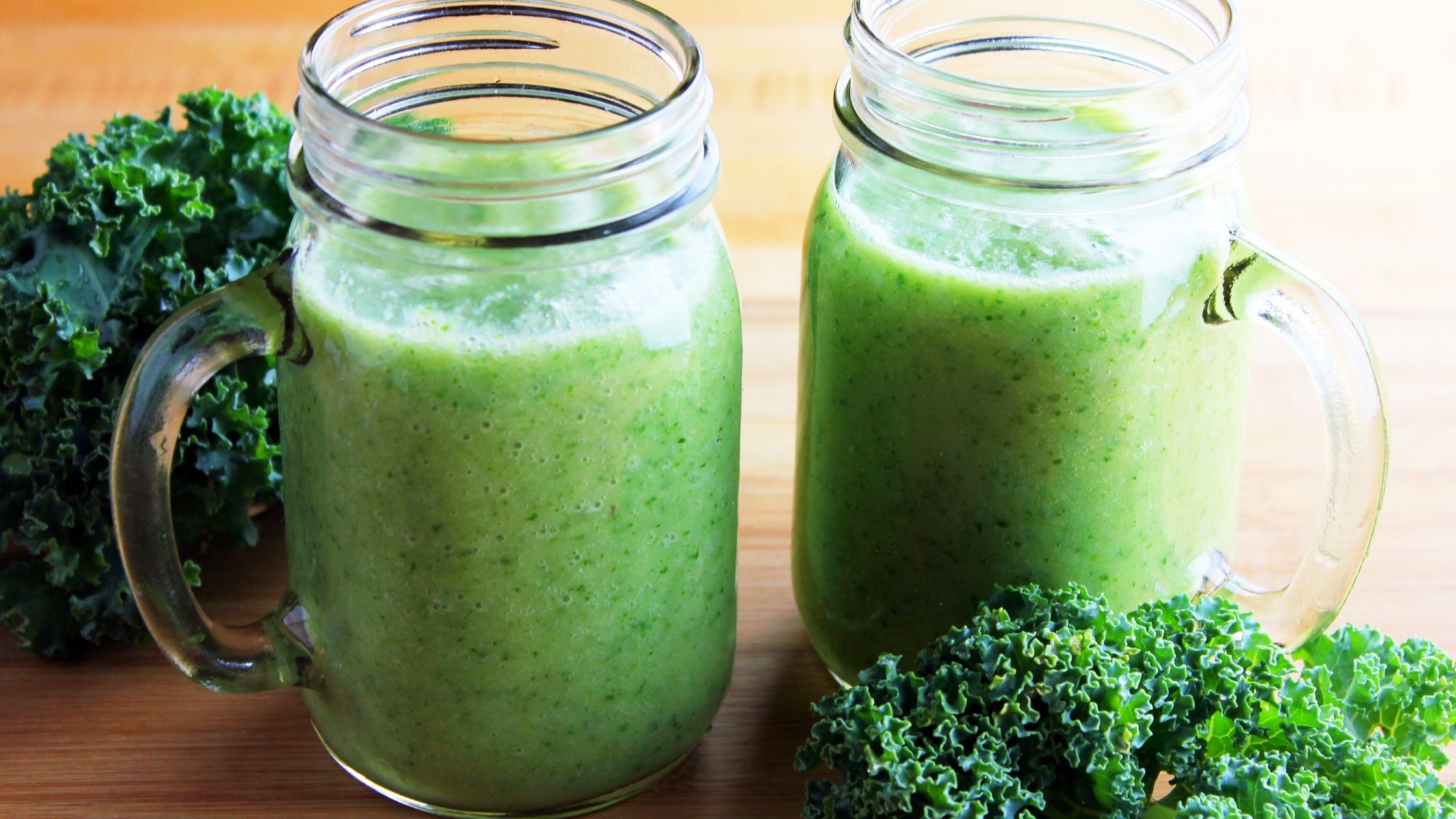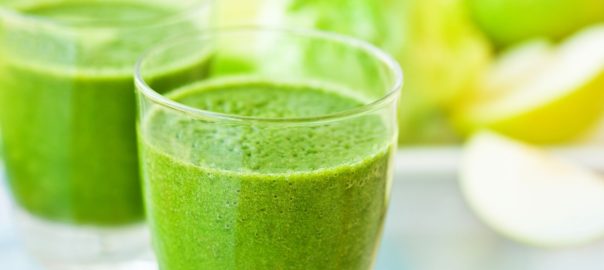That green smoothie may not be as healthy for you as you think it should be. Sure, everyone’s posting delicious pictures of their green smoothies and sharing how wonderful they feel since they’ve started making one every day.
But if you are among those that are sensitive to oxalates or has a tendency to develop kidney stones, oxalate-rich foods, no matter how healthy they are, may not be the right choice for YOU.
Kidney stone issues have increased by 37% in the past 20 years. About 11% of men and 6% of women in the US will have kidney stones at least once in their lifetime. Of those who have suffered from kidney stones, approximately 75% are calcium oxalate stones.
Oxalic Acid and Oxalate

Oxalic acid is an organic compound found in many plants. In plants, it is usually bound to minerals which form oxalate. Oxalates or oxalic acid are used interchangeably in nutrition science.
Examples of plant foods with high amounts are spinach, beet greens, beet roots, Swiss chard, rhubarb, and many nuts. Yes, those are all foods that can be great for your health. However just because they're supposed to be a healthy choice doesn’t necessarily mean it is right for you. Since adding greens to our diets is supposed to be beneficial and there are many Green Smoothie Cleanse recipes out there, let’s focus on the greens.
Health Benefits of Greens

Greens are packed with vitamins, minerals, antioxidants, phytonutrients, and fiber. Additionally, they have very little carbohydrates, sodium, or cholesterol. Studies have shown that eating even two to three servings a week may lower your risk of stomach, breast, and skin cancer. In addition, they have also been shown to reduce the risk of obesity, heart disease, high blood pressure, and mental decline. Why not add them to your morning smoothie? The more greens in our diet the better, right? Not if you are sensitive to oxalates or prone to kidney stones.
Oxalic Acid Issues

When oxalic acid combines with calcium in your body it can form calcium oxalate. If this happens in your stomach and intestines, that's not a problem as it will leave your body through the stool. But, if the oxalate does not leave through the stool, it can travel to your kidneys. This is where it may start to form crystals. These crystals can join together, and create stones which can be a huge problem.
Besides kidney stones, there can be other potential symptoms related to oxalate sensitivity. These include joint pain, burning with urination, pain in the body, interstitial cystitis, burning with bowel movements, leaky gut, depression, and thyroid conditions. If you develop oxalate toxicity it can lead to autoimmunity, impair bone health, neurological, cardiovascular, and kidney function. That green smoothie might not look as good to you now if you have any of these symptoms or conditions.
Does This Mean All Greens Should Be Avoided?

No! There are both high and low oxalate greens. Most people have no issues with oxalates and can continue to enjoy foods that may be high in oxalates. Greens that are high in oxalates include spinach, collards, Swiss chard, and beet greens. Low oxalate options include arugula, kale, cabbage, mustard greens, endive, watercress, and lettuces such as Romaine, butter, Boston, and Bibb.
So even if you need to reduce the number of oxalate-containing greens in your diet, there are still many delicious options to choose from. Besides removing high oxalate-containing foods from your diet there are other things you can do to assist with oxalate absorption.
Resolving Oxalic Acid Challenges

Hydration: Drink plenty of fluids, mainly water. This will dilute the urine which has the benefit of lowering the potential of calcium and oxalate binding and possibly forming stones in the urine.
Lemon Juice: Lemon juice contains citrate which can prevent oxalate build up by binding to calcium. Therefore, the calcium cannot bind to oxalate. Adding lemon juice to your water not only tastes good but can grab that calcium. Just note that excessive lemon juice use can affect the enamel on your teeth. So, either brush your teeth or swish clean water in your mouth after drinking lemon juice or water that contains lemon juice.
Dairy Intake: There have been several studies suggesting that increasing your dietary calcium intake decreases urinary oxalate excretion. Basically, the calcium received from the dairy binds to the oxalates in the intestine which then leaves the body through the stool instead of getting into the urinary tract. Thus, reducing the likelihood of stone formation. If you are unable to add dairy to your diet, calcium supplementation can be done. Calcium citrate is the preferred form and is best taken with meals with a dose of 200 to 400 mgs being recommended.
Gut Bacteria: There are both good and bad gut bacteria in our digestive system. One of the good guys for oxalate is oxalobacter formigenes. This bacteria utilizes oxalate as a source of energy. Thus, it has been reported to decrease the risk of recurrent calcium oxalate stones. A healthy gut flora will usually have oxalobacter formigenes to manage oxalate in the digestive system. Antibiotic use will deplete this bacteria. Erythromycin and azithromycin are especially harmful to oxalobacter formigenes.
Preparing Your Greens: There are two types of oxalates found in foods, soluble and insoluble. Several studies have been done to evaluate if various cooking methods can alter the oxalic acid in foods. Boiling markedly reduced soluble oxalate by 30 to 80%. It was found to be more effective than steaming which had a reduction rate of only 5 to 53%. The loss of insoluble oxalate during both cooking methods varied greatly, anywhere from 0 to 74%. Soluble oxalate appears to be better absorbed than insoluble. Therefore, using cooking methods such as boiling or steaming, may be an option to decrease soluble oxalate in the diet
Green Tea: A recent study shows that compounds found in green tea extract bond to calcium oxalate and makes the formed crystals a different shape. This makes them less likely to bind together thus they are unable to form larger stones.
If you have a sensitivity to oxalate or are prone to kidney stones, switching out that spinach in in your green smoothie with a low-oxalate green may be a good way to lessen the oxalate challenges. Additionally, using lemon juice, dairy, probiotics with oxalobacter formigenes, green tea, or boiling the greens first are additional options to decrease oxalate challenges. These strategies not only will work for your greens, but can help for all oxalate-containing foods.
Sources
Chai, W. and Liebman, M. Effect of Different Cooking Methods on Vegetable Oxalate Content. Journal of Agricultural and Food Chemistry 2005 53 (8), 3027-3030. DOI: 10.1021/jf048128d
Kaufman DW, Kelly JP, Curhan GC, et al. Oxalobacter formigenes may reduce the risk of calcium oxalate kidney stones. J Am Soc Nephrol. 2008;19(6):1197-1203. doi:10.1681/ASN.2007101058
Makkapati S, D'Agati VD, Balsam L. "Green Smoothie Cleanse" Causing Acute Oxalate Nephropathy. Am J Kidney Dis. 2018 Feb;71(2):281-286. doi: 10.1053/j.ajkd.2017.08.002. Epub 2017 Dec 6. PMID: 29203127.
Olson, N., RD Revised 3/2010 S. Van Riet RD, w/input from K Penniston, PhD, RD. Nutrition Tips to Treat and Prevent Calcium Oxalate Kidney Stones. Retrieved from https://www.uwhealth.org/files/uwhealth/docs/pdf/nutrition_kidney_stones.pdf,
Shu, X., Cai, H. and others. (2019). Green tea intake and risk of incident kidney stones: Prospective chort studies in middle-aged and elderly Chinese individuals. International Journal of Urology. Retrieved from https://onlinelibrary.wiley.com/doi/epdf/10.1111/iju.13849.
Taylor, E. and Curhan, G. Dietary calcium from dairy and nondairy sources, and risk of symptomatic kidney stones. Retrieved from https://www.auajournals.org/doi/abs/10.1016/j.juro.2013.03.074
Yadav, S.K., Sehgal, S. Effect of domestic processing and cooking on selected antinutrient contents of some green leafy vegetables. Plant Foods Hum Nutr 58, 1–11 (2003). https://doi.org/10.1023/B:QUAL.0000040359.40043.4f

